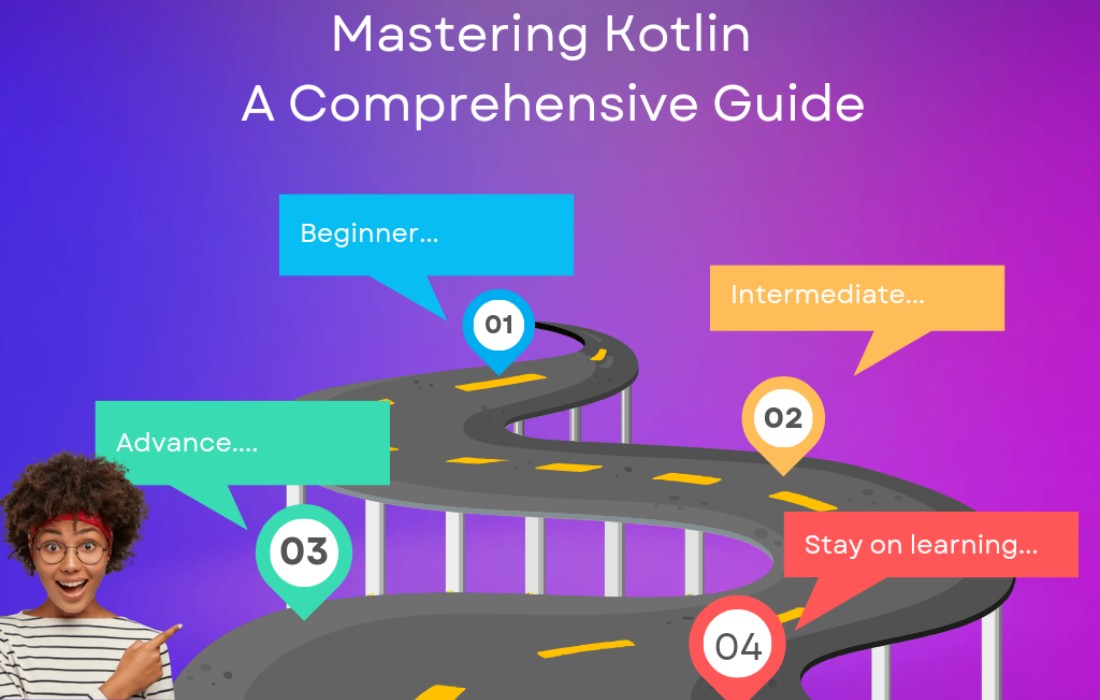In Kotlin, one of the key features for achieving cleaner and more maintainable code is the use of abstract classes and interfaces. These two constructs allow developers to enforce “contracts” between classes and their subclasses, much like in Java, but with Kotlin’s unique take on these concepts.
While both abstract classes and interfaces allow you to define methods that must be implemented in subclasses, they serve different purposes. Let’s take a closer look at each of these features, the differences between them, and when to use them in your Kotlin applications.
Abstract Classes
An abstract class is a class that cannot be instantiated directly, meaning you cannot create objects of an abstract class. It is used as a base for other classes. In Kotlin, you define an abstract class using the abstract keyword.
Key Points about Abstract Classes:
- Abstract Members: Abstract classes can have abstract methods (without implementation) as well as concrete methods (with implementation).
- Subclass Requirements: A subclass of an abstract class is required to either be abstract itself or provide implementations for all the abstract methods inherited from the abstract class.
Example:
In the example above, Animal is an abstract class with an abstract function hasGills(), which is implemented by the subclass Frog.
Interfaces
An interface in Kotlin is a contract that can be implemented by any class. It can define both abstract and concrete methods. Interfaces are more flexible compared to abstract classes because a class can implement multiple interfaces but can only extend one class (abstract or concrete).
Key Points about Interfaces:
- Abstract and Concrete Methods: Like abstract classes, interfaces can declare abstract methods, but they can also define concrete methods with default implementations.
- No State Management: Unlike abstract classes, interfaces cannot have concrete properties. They are purely used for defining a set of methods that a class must implement.
- Multiple Interfaces: A class can implement multiple interfaces, providing greater flexibility.
Example:
In this case, Frog implements both Aquatic and ReproductionMode interfaces, each of which defines an abstract method that the class must implement.
Differences Between Abstract Classes and Interfaces
- State Management:
- Abstract classes can manage state and hold concrete properties.
- Interfaces cannot hold any state (i.e., they cannot have properties with concrete values).
- Multiple Inheritance:
- Kotlin does not allow a class to extend multiple classes. However, a class can implement multiple interfaces.
- Usage:
- Use an abstract class when you need to provide a default implementation of some methods and when you want to manage shared state.
- Use interfaces when you just want to define a contract or when you need to implement multiple behaviors in a class.
- Access Modifiers:
- Abstract classes can have protected methods, which interfaces cannot.
- Final Methods:
- In abstract classes, you can define methods as
finalto prevent further overriding. This is not possible with interfaces.
- In abstract classes, you can define methods as
Conclusion
Both abstract classes and interfaces play crucial roles in Kotlin’s object-oriented design. Deciding when to use one over the other depends largely on whether you need state management and how flexible you need your class hierarchy to be. For state management and shared functionality, abstract classes are the best choice. For contracts and when you need to implement multiple behaviors, interfaces are the way to go.
By understanding the distinction between these two constructs and leveraging them appropriately, you can design clean and maintainable Kotlin code that adheres to good object-oriented principles.












